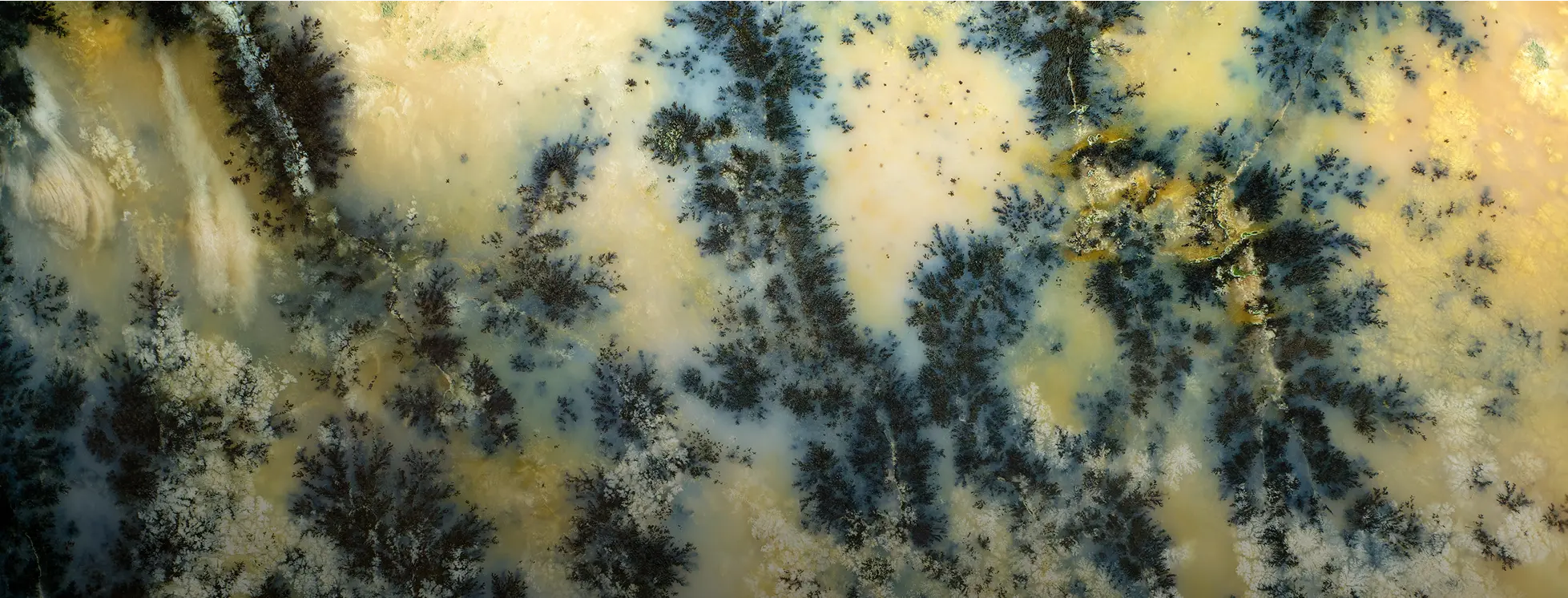
Mycotoxins and Mold
What You Need to Know to Stay Safe

What You Need to Know to Stay Safe
Mycotoxins are harmful chemicals made by certain molds when conditions are right, often in buildings with water damage. They settle as dust on surfaces above the floor and can be very strong, with no agreed-upon safe levels. Even small amounts can build up in the body over time. To be cautious, it's best to remove mycotoxins from homes as much as possible. While myco-toxins aren't alive and don't need to be killed, they can be physically removed with careful cleaning methods because they stick to dust particles.

One mold species may produce many different mycotoxins, and several species may produce the same mycotoxin.